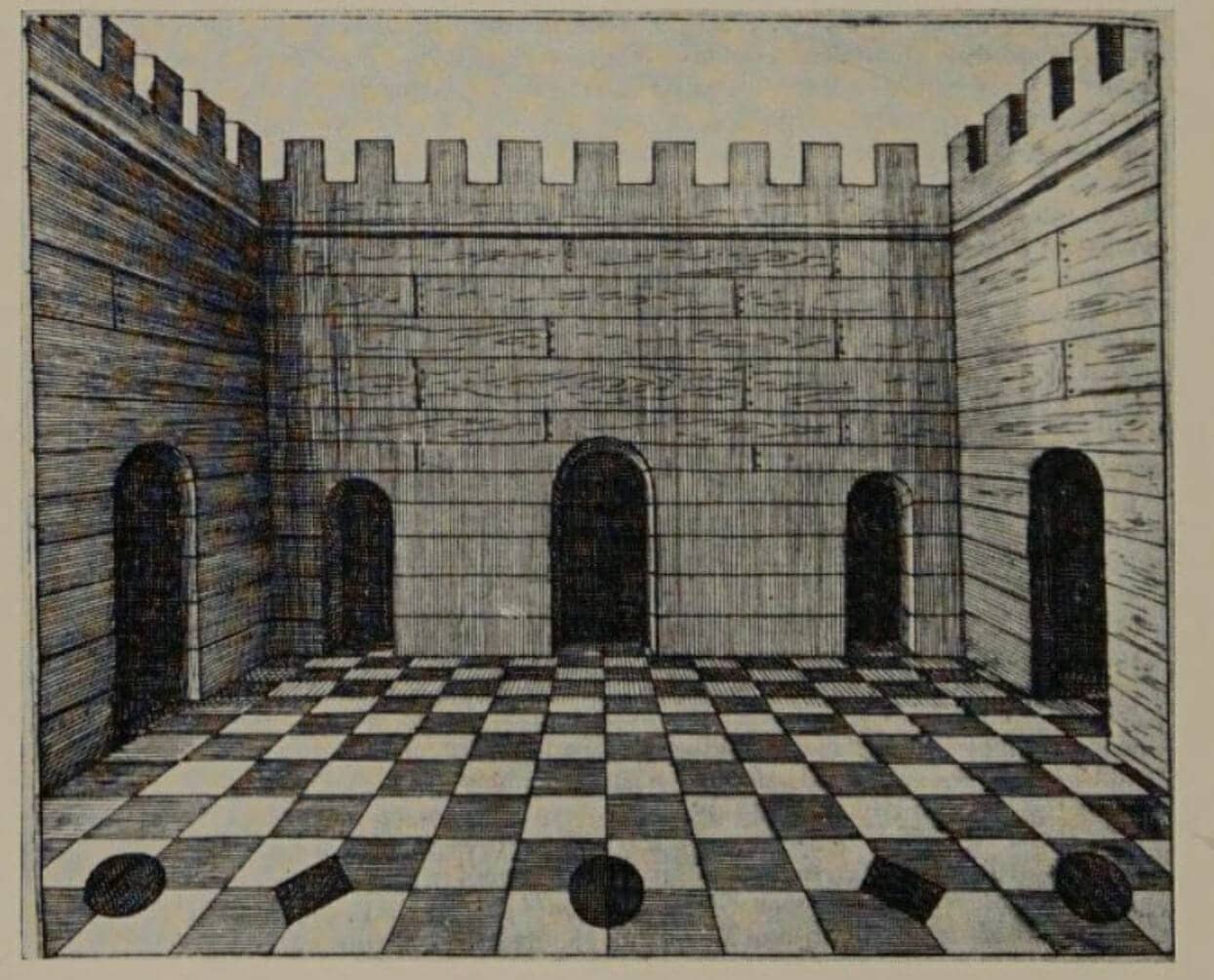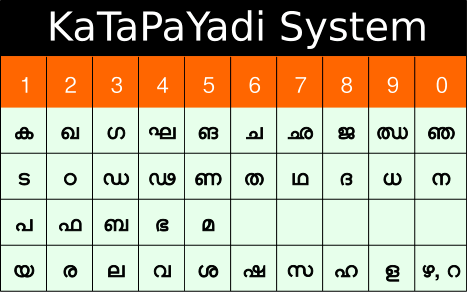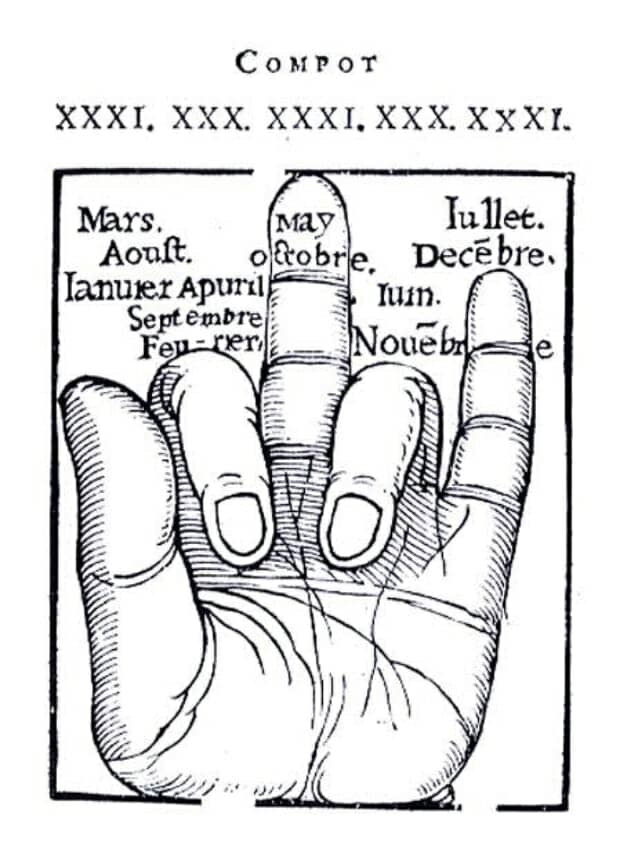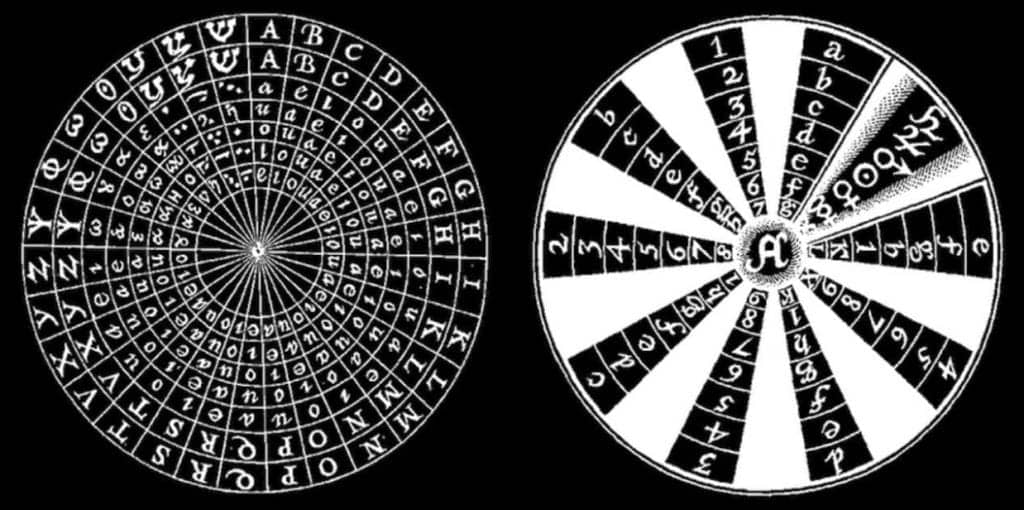Podcast: Download
Subscribe: Apple Podcasts | RSS
 Frustrated when you read an article about ancient memory techniques that only covers the Greek mnemonic tradition?
Frustrated when you read an article about ancient memory techniques that only covers the Greek mnemonic tradition?
Me too.
See, when I first encountered memory techniques through Harry Lorayne and others, they mentioned the Greek tradition in passing.
Lorayne in particular mentioned “old techniques in dusty old books.” But he never got deep into what those techniques were.
So, using my skills as a trained grad student at the time, I went as deep as I could.
Over the years since then, I’ve been talking about how memory techniques are way older than Simonides of Ceos and his “Memory Palace.”
Don’t get me wrong.
The Memory Palace is a profound tool for learning faster and remembering more.
It’s just that it’s not the only approach.
And the ancient world has so much to offer our learning lives right now. Not to mention in the future.
So if you’re ready to discover a much wider range of mnemonic devices and add them to your arsenal, let’s dive in.
Ancient Memory Techniques That Still Work
As we go through this list together, two things:
- There’s no particular order of importance here. I’m just laying out all the great techniques I’m aware of from around the world and throughout time.
- You’ll notice some crossover between these techniques, if not repetition. That’s because all memory techniques appear to be spatial in one form or another. Further, as Giordano Bruno has said in many of his memory books, if anyone thinks long and hard enough about these techniques, they’ll reach the same conclusions.
- These techniques might seem like they belong to or originate with a particular group. Certainly, everyone should take pride in their history. But because there is so much crossover between these techniques, we should see the common humanity in them and not arrive at some kind of tribalism.
This is a point made by Tyson Yunkaporta in his excellent book Sand Talk and during our discussion on the Magnetic Memory Method Podcast.
So if you notice some repetition and see universal patterns, I suggest being open to exploring them. I used to dismiss things that seemed repetitive. But over the years I’ve learned that doing so is almost always a mistake. If anything, repetition is difference. And in that difference lies so much to explore and benefit from.
Finally, it’s useful to note that “ancient” can mean many different things. We often use the word to mean “very old.” But more specifically it sometimes used to mean “before the fall of the Roman Empire.” That would rule out, for example, Medieval and Renaissance memory techniques.
For the purposes of this article, I’m not going to exclude either of those periods. Both the Medieval and Renaissance periods definitely count as “very old” in my mind, though I’m certainly interested in your thoughts on this and hope you’ll leave a comment if you think differently.
One: Aboriginal and Indigenous Memory Techniques
There are many Aboriginal and Indigenous memory techniques. Some have caught the interest of scientists and been validated through contemporary testing methods.
These techniques include:
- Story
- Songlines
- Lukasa
- Memory spaces
- Hand mnemonics
Songlines are among the most interesting of these ancient memory techniques. As Lynne Kelly describes them in her book, The Memory Code:
Songlines, or Dreaming Tracks are pathways through the landscape connecting a large number of significant locations in a fixed order.
As she later clarifies in her book, Memory Craft:
Songlines were used to help memorize everything Aboriginal people needed to know about animals, plants, navigation, genealogies, the legal system, ethical expectations… the list goes on and on. The culture was entirely stored in memory.
How to Use a Songline
Songlines are all about being connected to the land. So you might want to start by looking at an actual Songline.
Keep in mind that you can use both the land and the sky to help you construct a Songline. Here’s an example of mine based on the Glass House Mountains:

For this particular Songline, I memorized the names and the stories related to the main mountains themselves, Tibrogargan, Beerwah and Coonowrin.
The operation is quite simple: You place associations at predetermined points along the Songline. Then you use the Songline in combination with rules of active recall to usher the information into long term memory.
Two: Abbreviations
According to Eran Katz in Where Did Noah Park the Ark?, abbreviations entered use as mnemonic devices at least as early as circa 132 A.D.
As Katz explains, coins found during this period contain some of the oldest abbreviations in the form of reminders. Used by the Bar Kochba rebellion against the Romans, the abbreviations reminded the Hebrews of the year and their quest for freedom.
It seems like abbreviations are even older than that, however. Messages carved in stone used them, both to make it faster and easier to encode messages. And probably sometimes for secrecy through cryptography.
Medieval scribes also used lots of special abbreviations in their work, including the pecia system.
These days, abbreviations are used to help us remember the Periodic Table of the Elements and even our to-do lists.
For example, you can make simple abbreviations any time like WALK to help you remember a specific routine:
- Walk the dog
- Buy apples
- Leave the night light on
- Kiss your partner good night
Today, we use memory techniques based on something like abbreviations all the time. For example, the pegword method allows you to attach an image to each letter of the alphabet, which you can expand in many ways, use along a Songline, and more.
Three: An Ancient Number System
Chances are, you already know about one of the modern memory techniques for memorizing numbers.
But it’s not as common for people to know about the katapayadi. The earliest examples are found in 683 CE, but it’s almost certainly much older than that. I’ve written more extensively about this system in the context of mental exercises, but it’s also a powerful memory technique.
I believe it’s probably the origin of number memory systems we use now like:
If you want to use the katapayadi, all you need to do is commit the code to memory and start practicing it with the numbers you want to remember.
If you’re an English native speaker, one of the more modern options will probably be easier for you.
Four: Buddhist Memory Techniques
It was 2009 when I first heard Michael Roach talk about how Buddhist practitioners sometimes use their temples to help them memorize long form meditations.
Roach is not always considered a reputable source so I was glad when I encountered basically the same description in the work of Karen Armstrong. If you read her book, you’ll find a very similar idea. And hers is solidly referenced. She also ties it to yoga.
So what’s the idea?
Simple:
First, you chunk down the different parts of your meditation. Then you place these around the temple where your meditation sessions take place. Michael Roach walked his listeners through one such meditation, and the proof is in the pudding: I still remember the different parts of the meditation very well.
In many ways, this approach is a lot like the Stations of the Cross mnemonic in a church. The main difference is that you’re using your imagination to place images on parts of the building instead of visiting actual stations with permanent images in them.
Five: Ars Notoria
This approach to remembering more has to belong to the weirdest of the bunch.
But as Dr. Justin Sledge and I agree, the Ars Notoria probably helped boost the concentration and focus of its users.
In brief, this memory hack asked you to stare at images and recite the names of angels and other words.
It was eminently practical too because, even if it made some really wild promises, it still encouraged its users to read books and attend lectures.
You might not normally think of going to class and reading books as a kind of memory technique, but actually those activities are mnemonic strategies in their own right.
Six: The Memory Palace Technique
Now we get to the ancient Greek memory techniques. But as you’ve seen, many Indiginous people were already using space as a key mnemonic strategy much deeper into history.
The reason the Greek rendition of the Memory Palace technique has been continuously attributed to them probably comes down to one thing:
How memorable they made its origin story. Whereas songlines are kind of abstract to explain, the story of Simonides of Cos is direct and easy to grasp:
He was giving a speech at a banquet hall. An earthquake tore the place to the ground and he was the only survivor. Because he remembered where everyone was sitting, he was able to help the authorities identify all the bodies.
He was literally recreating their positions in the building using a mental journey. And because this journey took place indoors, the idea of a “Memory Palace” took hold. There’s more to the story than that, including the influence of St. Augustine, Thomas Aquinas and others, but the story is memorable because of the drama in it.
You may have heard of this technique by many other terms other than Memory Palace:
- Journey method
- Roman Room
- Mind Palace
- Method of Loci to name just a few
It’s appeared throughout culture in recent years, most notably in the Sherlock Holmes and Hannibal Lecter stories.
Seven: Parallelism and Enveloping
Have you ever wondered why some song lyrics, poems and scriptures are easier to remember than others?
As explored in The Literary Guide to the Bible, this effect often has to do with two writing techniques in particular.
Parallelism happens when an original thought is repeated several times but each time comes with a different example. You see this throughout the Psalms (which one of my students talks about memorizing), but also lyrics in songs like My House by Lou Read.
Enveloping is similar, but happens when images and ideas presented at the beginning of a piece appear again at the end.
Enveloping may involve straight-up repetition or be done with a twist, as Shakespeare often tantalized us with by ending his sonnets with puzzling phrases that make you rethink everything he said at the beginning of the poem.
As Dave Farrow shared in his episode on my podcast, puns like those used by Shakespeare can be highly memorable.
Eight: The Hand Memory Palace
In Medieval Music and the Art of Memory, Anna Berger details the use of the hand as a mnemonic device. People learning music during this period would transfer knowledge about the musical modes to their hands.
You can also use your hand to help you remember the months of the year.
Or you can use your hand to figure out how many days are in any given month.
Back to the Aboriginal memory techniques, if you check out my podcast with Tyson Yunkaporta, you can see me using his version of the hand Memory Palace to repeat some of the points made in his book.
For more on using your hand as a Memory Palace, check out The Medieval Craft of Memory and The Book of Memory, both projects by Mary Carruthers.
Nine: Noah’s Ark & Other Ancient Structures
I just mentioned The Medieval Craft of Memory. In that book, you’ll read a few extracts from Hugh of St. Victor.
One of them details The Mystic Ark, which Hugh painted to help people memorize key points from the Bible.
What Hugh seems to be stressing is that you can make a lot more progress by fusing the content of a text with a Memory Palace related to that content.
You’ve already read about me doing just that when I talked about memorizing the names of the Glass House Mountains and using the mountains themselves as a Songline.
Another example would be something like the way Masons reenact various aspects related to Solomon’s Temple to help them remember key principles related to their philosophical beliefs.
Indeed, many of their rituals probably serve as a kind of spaced-repetition that help members remember key points and add more details over time.
Ten: The Statues of Giordano Bruno
Renaissance memory master Giordano Bruno discussed using statues in Memory Palaces, specifically for remembering challenging, but important philosophical concepts.
After discussing Memory Palaces in both On the Shadows of the Ideas and On the Composition of Images, Bruno wrote The Lantern of Thirty Statues.
Scott Gosnell has released a recent translation of this text under the simpler title, Thirty Statues.
In this work, Bruno shares how he used the bodies of figures in statue form as mini-Memory Palaces. This is not unlike using the hand, but extended to the entire body. To the body, you attach mnemonic images that help you recall anything you wish.
Bruno suggests that you assign 30 stations to a figure like Atlantis:
As you can see in the example above, Bruno is “double-dipping” by using only the parts of the body that have two parts.
This approach is effective, however. You can for example always have a foreign language word on the left eye and definitions on the right eye. You just repeat this pattern as you move down the body of the statue.
For a modern and more simplified version of this approach, check out this interview with memory expert Ron White.
But if you want to try out Bruno’s version, it’s really great. I don’t use it exactly this way myself, but something close. You can find out more about my approach in the Magnetic Memory Method Masterclass.
Eleven: Ninja Mnemonics and… Scarring
I’ll bet you never thought ninjas would show up on this page.
But it’s true. They used at least two memory techniques to be successful in their trade, which essentially involved spying. Their particular version of espionage began in the 15th century proper, though some people think the ninja tradition goes back earlier to the 12th century.
While on their missions, ninjas required excellent long-term memory abilities. They couldn’t always carry paper and needed to retain information sometimes for months in order to deliver it.
So, almost as if taking a tip from Giordano Bruno, they used their own bodies and linked numbers using something like the number-memory systems discussed above. Kioku-Jutsu involved basically the same strategy Bruno describes, except in this case, the ninja used his own body.
Fubo-no-jutsu took things one step further. With this ancient memory technique, the ninja cut information into his own body. A ninja might even shave his head before entering enemy territory. That would allow him to imprint information into his scalp and then hide it by letting his hair grow back.
Gruesome, but surely effective!
Twelve: The Memory Theaters of Robert Fludd
Robert Fludd was not as extreme as the ninjas. But as I’ve discussed in my post about Fludd’s mnemonic teaching, he was adamant about how people should use the Memory Palace technique.
For example, he wrote a book with a very complicated title: The metaphysical, physical, and technical history of the two worlds, namely the greater and the lesser.
In this book, Fludd seems to be addressing readers who wanted to create imaginary Memory Palaces. This desire is the equivalent of students wanting to use video games in our era.
Or perhaps, you’re spending time using AI to help you generate your Memory Places and mnemonic associations.
I’m not saying whether you should or shouldn’t because I’ve done some experiments myself. And experiments are always interesting.
But even more interesting is how Fludd’s advice probably still stands, even if it isn’t quite right.

According to Fludd, you shouldn’t use imaginary Memory Palaces because this weakens the imagination.
Now, I don’t personally agree that merely using an imaginary Memory Palace will weaken your visualization skills. Rather, you likely stand to gain a lot by experimenting with imaginary mnemonics as frequently as possible.
But I get Fludd’s overall point because in order to use an imaginary space, you have to spend mental energy on:
- Creating the Memory Palaces
- Memorizing your journey through the mnemonic spaces
Fludd also points out the most obvious thing in the world to the audience of his era. They were all theater goers so he suggested they use one of their favorite locations for their Memory Palaces. He may also have been influenced by Guilio Camillo’s memory theater concept, though this is not known for certain.
I do something like this in our time by using movie theaters. They make fantastic Memory Palaces and you can readily use the characters in your favorite movies instead of statues.
And, if you stick with Bruno’s suggestions, you can use the bodies of those actors and add a number system. That way, no one has to get cut… at least, not outside of your imagination.
Thirteen: The Computational Memory Wheel
Ramon Llull was passionate about his beliefs. So much so he invented something we now call ars combinatoria.
Bruno, who you just learned about, wrote commentaries on Llull’s work and expanded the concept into what we now call the “memory wheel.”
Here’s the idea:
- You reduce key concepts down to their first letter (benevolence becomes b, like an abbreviation)
- You place these letters on concentric wheels you build in your imagination or create using paper
- You then rotate the wheels so that various concepts align, helping you either decide what to do or remember key pieces of information
Bruno probably used his memory wheels while meditating as part of his faith and while completing certain duties, such as counseling others.
Martin Faulks has studied this concept intensively and has impressively demonstrated how the wheels work in practice.
Fourteen: Rote Learning
Rote learning is ancient, even if it’s not the best possible way to learn. I’ve included it here because even if it’s not fun or easy (and sometimes as painful as Fubo-no-jutsu must have been for the ninjas), it’s important to understand a bit about its history.
The word “rote” is connected to learning as early as the 1580s and probably stems from other words like “route,” “routine” and “rotation.”
In Chinese, they have a funny expression for this technique: 死记硬背 (Si ji ying bei). This means: death memory stiff back.
Use it with caution, my friends, and if you want an alternative technique, get my FREE Memory Improvement Technique now:
Fifteen: Knots & Twisted String
As bad and boring as rote repetition can be, there’s a place for it. For example, when reciting mantras or praying, repetition is the bees knees.
One way you can help yourself remember certain parts of a prayer, involves getting a string and either placing a knot in it or twisting a part of the string.
Next, you encode your desired information into each knot of twist.
Later, as you feel your away along the string, you practice recalling what you wanted to remember on a knot-by-knot basis. This practice is probably where we get the iconic image of a string tied around someone’s finger as a memory aid.
Much More Than Just Greek Memory Techniques
So there you have it:
15 incredible ancient memory techniques from across time and around the world.
The trick is to pick a few of these and get them into practice.
Picking up some of the books from the ancient memory tradition can also help you in this regard.
All of the teachers of memory experienced resistance in their students.
And if you feel resistance to using these techniques, that’s perfectly okay. In fact, it’s normal.
Just understand that nothing has changed about these techniques for thousands of years.
But the reason they’ve survived is clear:
Because they’ve helped not just a few people. They’ve helped millions upon millions of people.
If any of them seem hard, understand that’s normal in the beginning.
And the only way for them to get easier so that learning can be as fun and easy as you deserve is to get started.
The best time is not tomorrow (because tomorrow famously never comes).
You can’t go back in time, so yesterday simply won’t do.
The best time is now.
So what do you say?
Are you ready to grab your favorite ancient memory technique and put it into action?
Related Posts
- Memory Improvement Techniques For Kids
You're never too young to get started with memory techniques
- The Memory Code: Prehistoric Memory Techniques You Can Use Now
Lynne Kelly, author of The Memory Code, shares her personal experiences learning ancient memory techniques…
- Surviving PTSD With The Help of Memory Techniques Featuring Nicholas Castle
Nicholas Castle used memory training and memory techniques to help heal his PTSD. Listen to…










